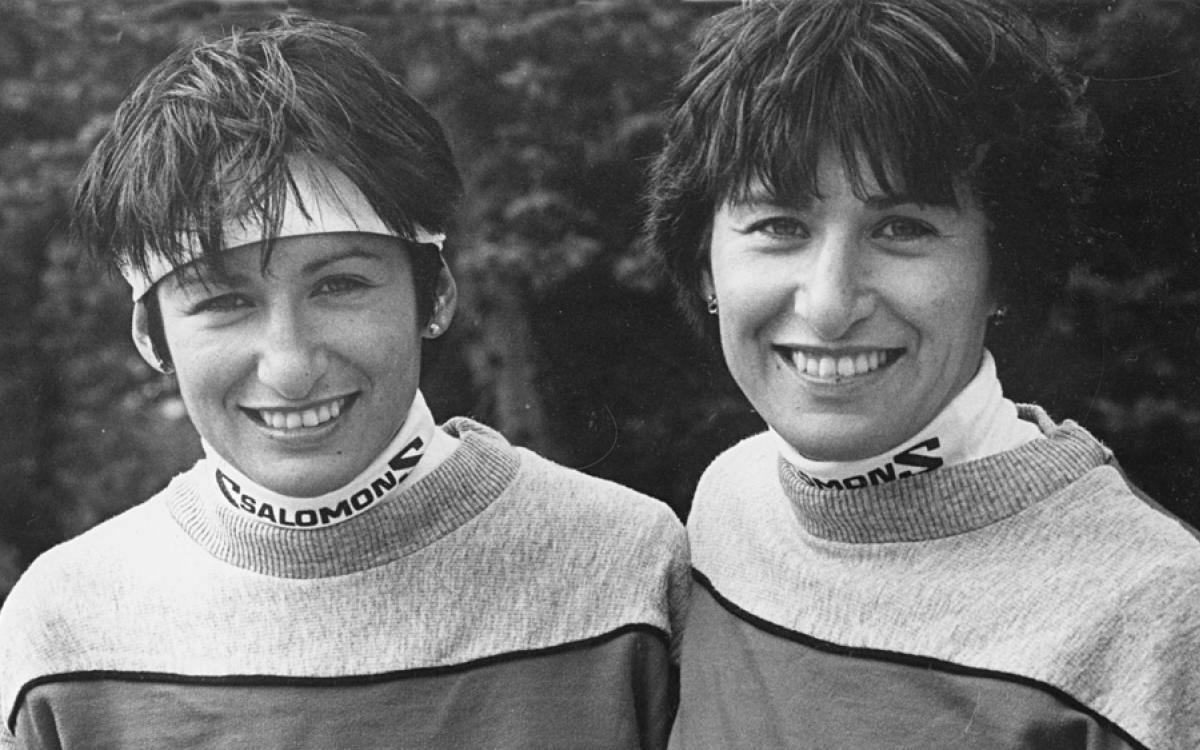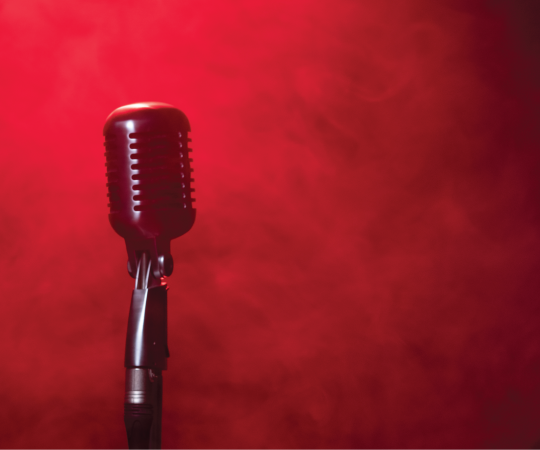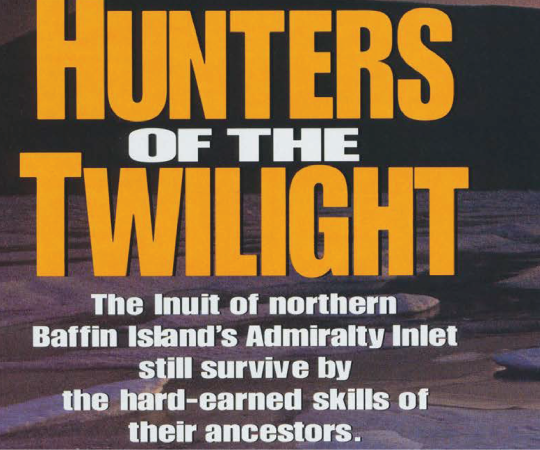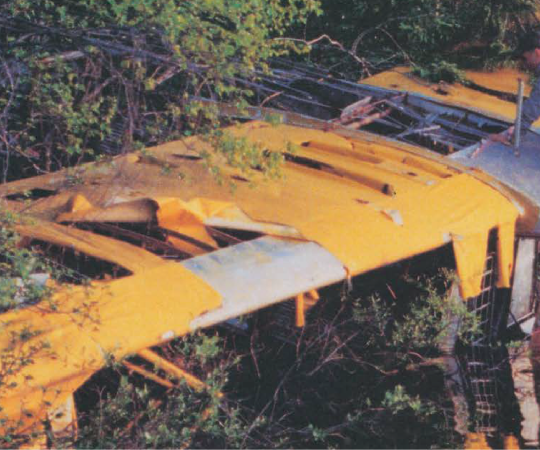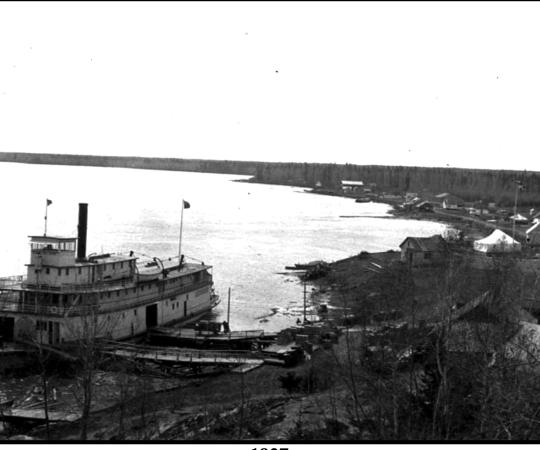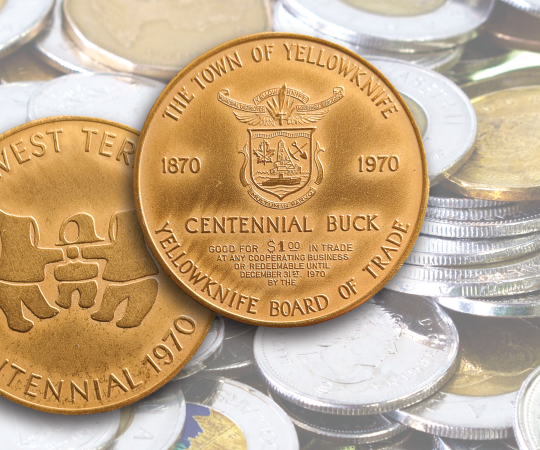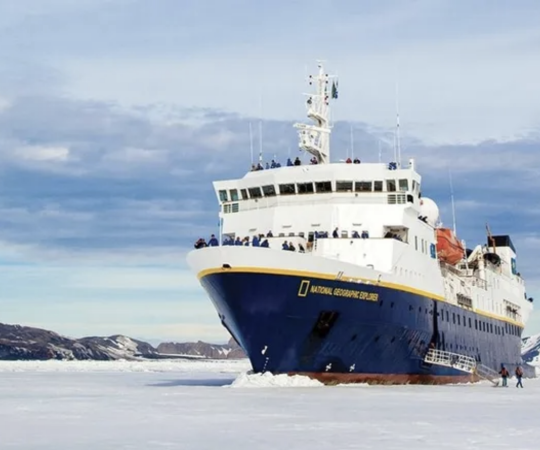Sharon and Shirley Firth are rock stars in Yellowknife. As we walk the city’s streets on a blustery November morning, people honk and wave. The identical twins just giggle. At 55, they still bound with positive energy. But they’re not craving attention. They’re actually kind of shy.
As we walk, we talk of this year’s crop of potential Northern Olympic athletes, noting there are only two. “We have enough people, even here, to be at the Olympic level,” Shirley says, a little disappointed. All that’s needed is a program to help people along, she says.
She’s right. Flash back to 1967: Sharon and Shirley, both 14, haven’t heard of the Olympics. The Gwich’in twins live in Inuvik, a settlement at the edge of the boreal forest. They’ve grown up tending to a trapline with their parents and more than a dozen siblings. But five years later, in Sapporo, Japan, Sharon, Shirley, and four other aboriginal athletes from Canada’s North competed in the 1972 Winter Olympics. Recognizable in an instant with their long, dark, braided hair, the Firth sisters and Canada’s 1972 ski-team created a phenomenon never seen before – an aboriginal invasion.
It was in 1967 that the Territorial Experimental Ski Training program was created in the Northwest Territories as a way to improve self-esteem among aboriginal youth. Called TEST, the program included Sharon, Shirley and dozens of other kids in residential school in Inuvik. Smiling ear to ear, all would take to the trails after school. “At that time, there was a coach scouting us. We didn’t know that, so we were just having so much fun on skis,” Sharon says.

The coach, Bjorger Pettersen, a Norwegian-Canadian, saw potential in the twins and made them a promise. “He told us that if we joined the club and trained that we’d get to travel if we did good,” Sharon says. “Then he filled our minds with all the top Norwegian skiers, and my dream was to see those skiers and be like them. We dedicated our whole life to our sport. We never looked back.”
The TEST program’s success matched that of the Firth sisters. At the 1972 Games, six of the eight members of Canada’s cross-country ski team were aboriginal. It’s a number that’s never been matched again. And until Canadian cross-country skier Beckie Scott won gold in Salt Lake City in 2002, the results Shirley and Sharon achieved for Canada on the ski trails stood unrivalled. They raced for an unequaled 17 consecutive years on the World Cup circuit and amassed 79 medals. They went on to compete in four Winter Olympics, their last in 1984.
But it isn’t the results that are remembered today as much as the symbolism. “Coming from the trapline to the Olympic trails is amazing, totally amazing,” Sharon says. “There haven’t been many aboriginal kids in the Olympics, so just to see our whole team – there was six of us that went to Sapporo – that was amazing.” She sees that the TEST program has since been canceled and with it, the needed push for aboriginals in the North to feel part of the Olympic dream. “It would be really nice to see this program come back,” Sharon says. “It would be a dream.”

